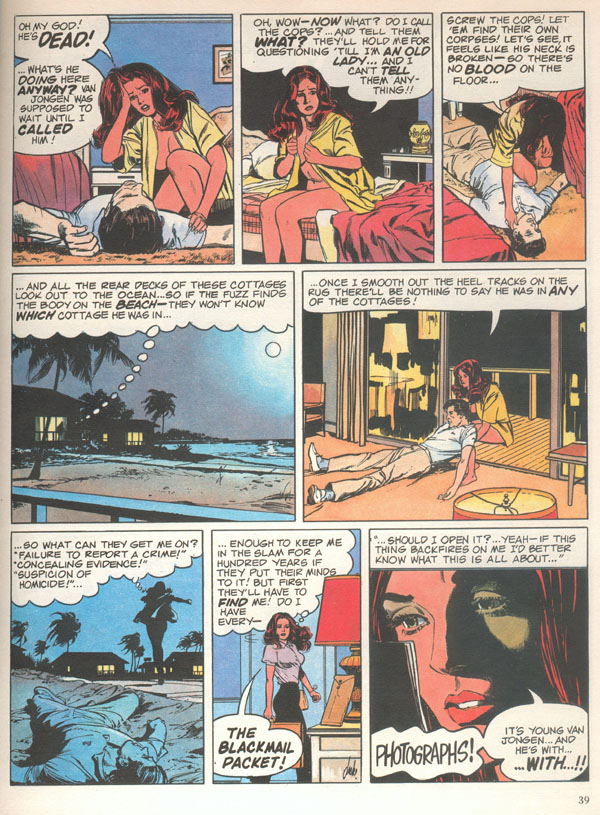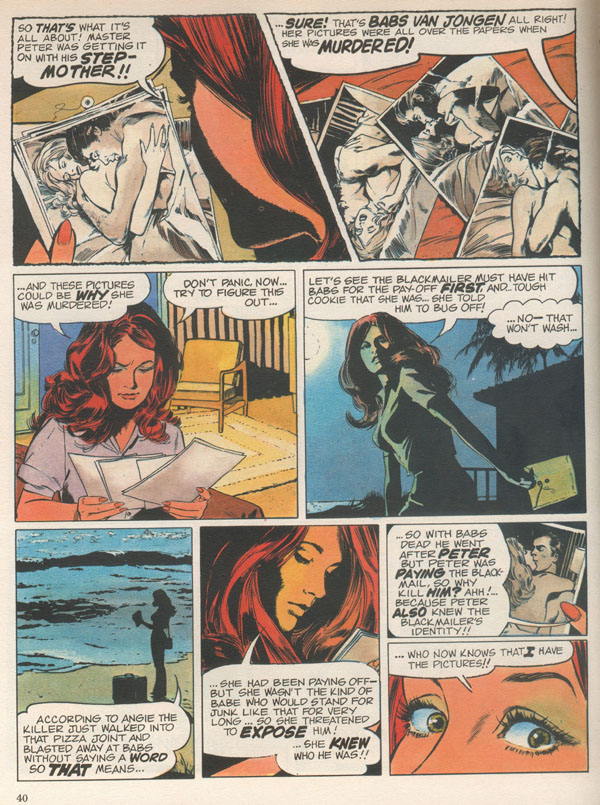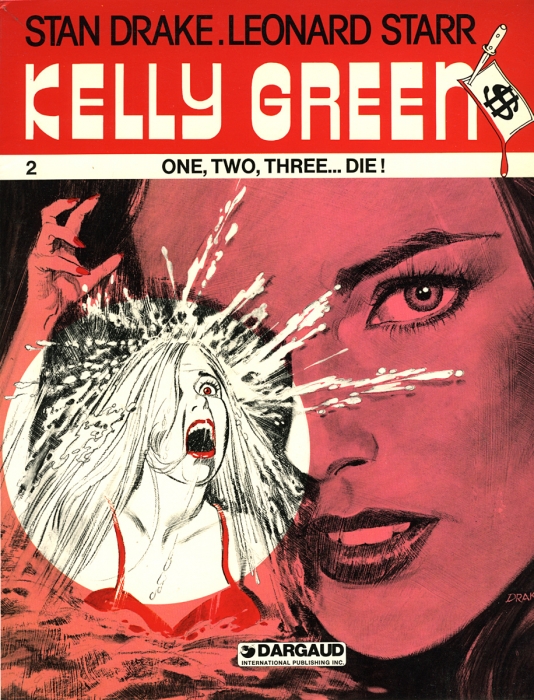In 1979, cartoonist Leonard Starr left his comic strip Mary Perkins, On Stage to revive Little Orphan Annie, a strip which had floundered after creator Harold Gray’s death in 1968, but had recently re-entered public consciousness after the launch of the successful Broadway show. In 1984, The Heart of Juliet Jones creator Stan Drake became the regular artist on Blondie, replacing Mike Gersher in detailing the hijinx of Dagwood Bumstead and his suburban clan.
You may know this already. You probably have at least an awareness of Little Orphan Annie and Blondie as comic strips, even if you’re too young to have read them in a newspaper on a regular basis. (“Do they still make newspapers anymore?” he asked, on the internet.)
But what you probably don’t know is that Leonard Starr, of Little Orphan Annie fame, and Stan Drake, of Blondie fame, teamed up in 1980 to begin crafting a series of what were then known as graphic albums for the French publisher Dargaud. These graphic albums—what we would now call graphic novels—were geared toward an adult audience and featured nudity and violence, the likes of which would have horrified most Sunday comics readers in America.
Though long out of print, Dargaud released English-language versions of these graphic novels in the United States in the early 1980s, under the series title Kelly Green, named after the main character of the books. And as obscure as they are today, they are, simply put, some of the best-looking crime comics ever produced.
Written by Leonard Starr and drawn by Stan Drake, the Kelly Green volumes are definitely worth tracking down. I have to admit that I haven’t been able to find the fourth-and-final volume, subtitled “The Blood Tapes,” and no one online has it at anywhere close to a reasonable price. But the first three volumes, “The Go-Between,” “One, Two, Three Die!” and “The Million Dollar Hit” pop up online now and again, and you might even be able to find them at a used book store or musty old comic shop.
The first thing you’ll notice about the Kelly Green books (besides the glorious subtitles—I mean, who doesn’t smile at titles like “One, Two, Three Die!”?) is that Drake’s illustrative artwork looks nothing like what you’d find on the Blondie comic strip. No, Drake was always an illustrative artist—with an astounding ability to capture body language—before he began work on Blondie, and his Juliet Jones strip was a nice showcase for his fine artwork. With Kelly Green, though, he got to show off his storytelling chops on a larger, more open stage.
This was for the French audience, after all. For adults.
Honestly, the plots are the same kind of things you might see in an old Rockford Files episode, where someone is trying to blackmail someone else, and there are gunshots from the shadows, and bodies turn up every couple of scenes, but it was pretty hardcore stuff coming from a couple of comic strip creators who had been working under the conservative guidelines of the newspaper syndicates for most of their careers. And, man, Kelly Green is just full of gorgeous drawings.
Check out this scene from Kelly Green: The Go-Between where Kelly wakes up from a nap to find a dead body beside her bed:

Leonard Starr crams too many words on each page, and it overwhelms Drake’s compositions a bit, but notice how Drake elegantly moves the “camera” from a floor-level shot in the first panel, to an eye-level shot in the second (as Kelly Green, revealing a bit of panic, keeps her nightshirt closed just enough to sell her emotional state, but not enough to avoid a bit of titillation on behalf of Drake). And Drake’s use of silhouette in the fourth and sixth panels? Striking, yet elegant. In the final panel, Drake doesn’t exaggerate Kelly’s reaction to the pictures she finds, even if the word balloon indicates that she shouts the word “Photographs!” to no particular audience.
The following page demonstrates more of Drake’s artistic range, while showing what Kelly finds in the photos and her sea-side reaction to her predicament:

As corny and overwrought as Starr’s stories might be, they are consistently engaging, and built of a kind of soap opera noir tradition that Drake’s art suits perfectly.
I’d love to see these Kelly Green books reprinted for a modern audience, not recolored, but maybe cleaned up a bit (some of the printing on the Dargaud books seems a bit off register), with all of their glorious Stan Drake art on full display. In this Golden Age of reprints that we now live in, where I can get Harold Gray’s original Little Orphan Annie in hardcover bricks and I can buy Popeye editions that are big enough to block out my windows, it’s a shame that we don’t have a giant Kelly Green Omnibus coming our way. Perhaps it’s too pretty for the world to handle right now.
Tim Callahan reads a lot of comics, old and new, and he writes about them all over the internet. You should probably follow him on Twitter sometime @ Tim Callahan.










